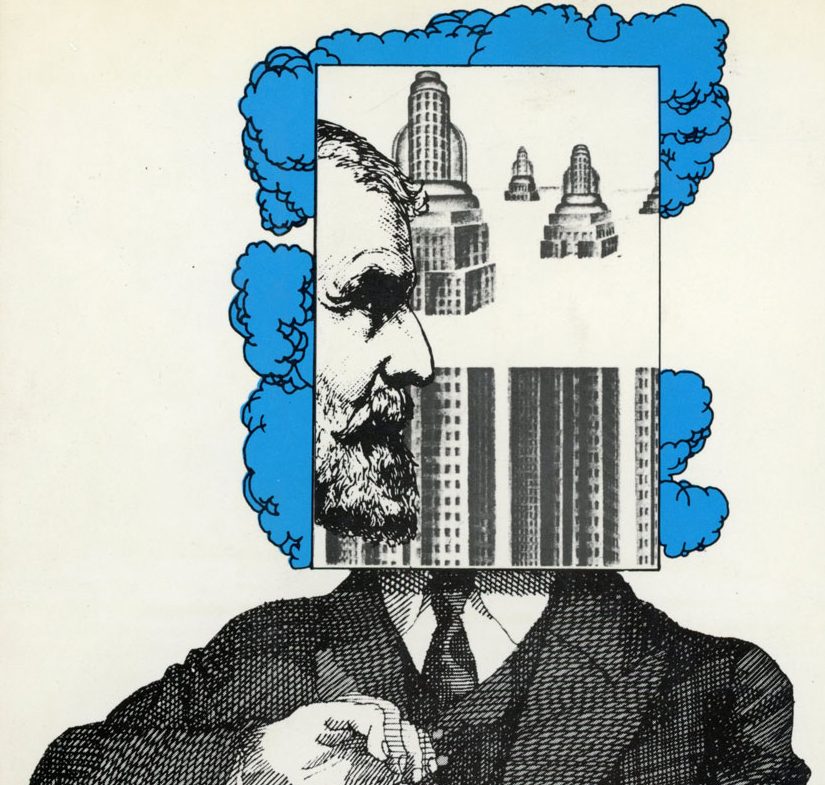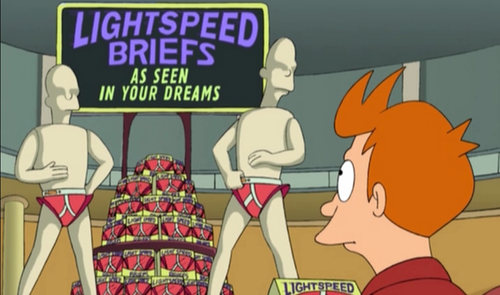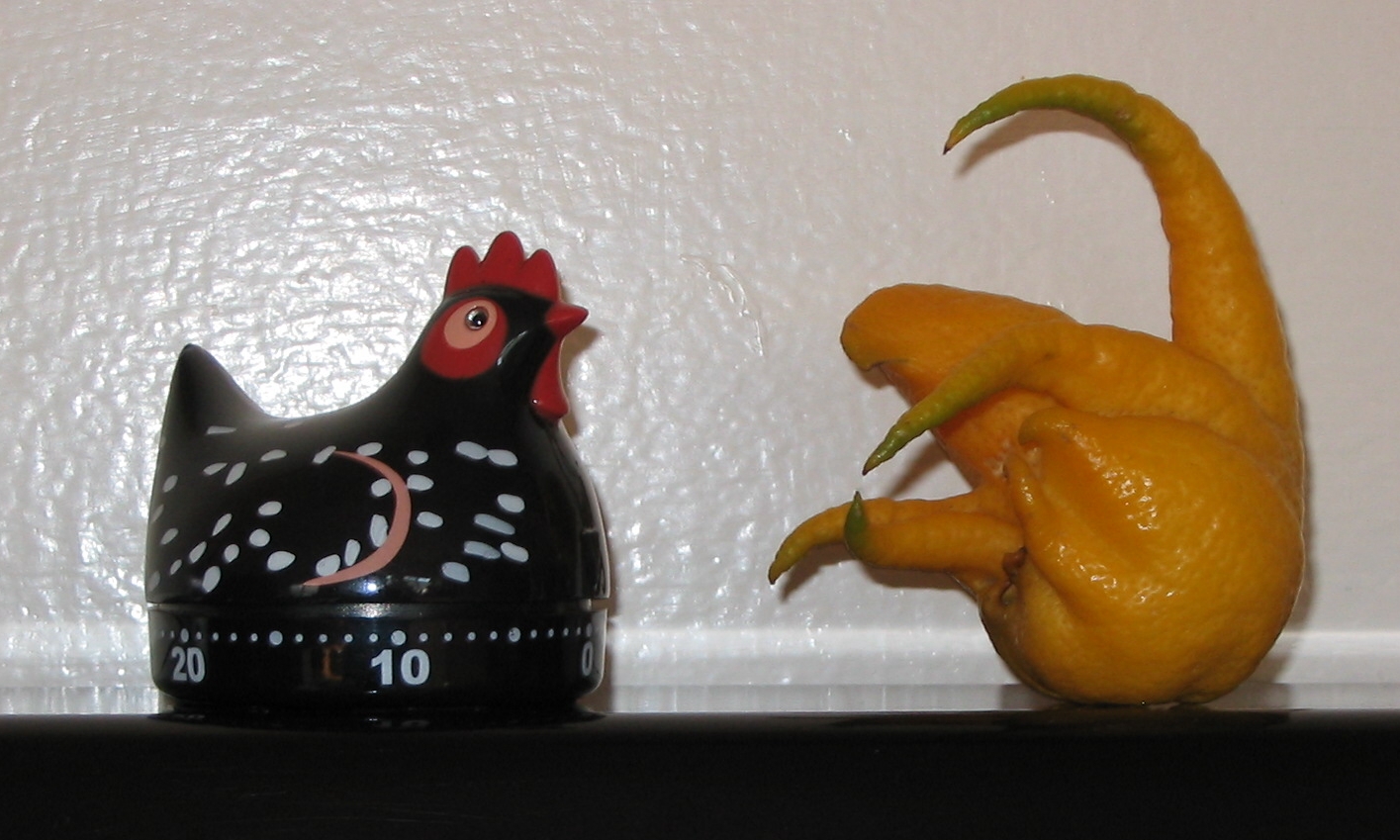We like to think we live in daylight, but half the world is always dark, and fantasy, like poetry, speaks the language of the night.
—Ursula K. Le Guin, The Language of the Night
For me, fantasy is in realism. What is possible, what is probable, what an action might do, and the scale and the scope of the possible effects of things, that’s all about fantasy, projection, and attachment.
— Lauren Berlant, “On the Risk of a New Relationality”
A few nights ago I couldn’t sleep. I had an interview the next morning and my bodymind decided not to sleep and for me to be rather exhausted for this important event. A friend I talked with suggested listening to relaxing music, watching some easy digestible TV series or a film, as a means to trick insomnia. Nothing really helped, so at around three in the morning the only option was to stay in bed. In the darkness of the room and with my sole body under the blanket, I became aware of the rhythm of my heartbeat. As my muscle would enter into complete relaxation as if about to fall asleep, my heartbeat would accelerate and just didn’t let me doze in the slightest. The heartbeat, – I later learnt this type of heartbeat is called palpitations –, shook my entire body as if affecting it with an internal wave that dragged me out of rest. At one point, – I guess I was kind of hallucinating due to the lack of sleep –, I started seeing this wave like a circle around me. It was purple and it expanded in concentric circles from my heart.
Sleeping is like entering into another gravitational zone that non-stop thinking can easily prevent one from entering. Sleeping has its own gravity, and falling asleep might feel like falling into its orbit. One cannot think “I want to sleep”, and then do so – well, maybe some people can, but in general, there is no rest mode button on a human body. It is like jumping or falling, it happens somehow automatically or by mistake. Sorry, I fell asleep on the shoulder of a stranger in the bus. People with insomnia might know about this: the more one enters into the gravitational zone of thinking, the more one falls out of the gravitational zone of sleeping. And the more difficult it is to fall asleep, the more difficult it is to think.
Something similar happens to George Orr, the main character of The Lathe of Heaven (1971), a Science Fiction novel by Ursula K. Le Guin. Orr does not suffer from insomnia, but he is scared of falling asleep because he has effective dreams. His dreams become real, establishing a new reality every time. Similar to the insomniac, Orr lives an uncontrollable imbalance between different gravitational zones, in this case between what Le Guin calls world-time and dream-time. Both being real times, they can be in conflict if they enter into each other’s orbits. As pointed out by Frederic Jameson, this story is based on “one of the archetypal fairy tales of wish-fulfilment”, where the premise is that the world is a total self-sufficient system in which if something is changed, it alters the whole world. The balance is changed because effective dreaming means that dreams fall out of synch with dream-time and instead enter the orbit of world-time.

Cover of first edition of The Lathe of Heaven designed by Carl Berkowitz, 1971.
Orr is passive towards change or creation regarding his dream-time. He knows his dreams are effective but he doesn’t want to control them, instead he takes pills to try stop dreaming and this gets him sent to Voluntary Therapeutic Treatment with the Oneirology specialist Doctor William Haber. When Haber finds out the power of Orr’s dreams, he develops a machine to control and study them, which allows him harness Orr’s power to dream effectively. Haber manipulates Orr’s dreams to his desire “to make the world better for humanity”. For Haber this means a world without war or racial difference. However, no change in the world comes without consequence. There is no solution to a previous dream, but an accumulation of different realities. For example, when Haber asks Orr to dream about peace on earth, wars end for humans, but aliens later on invade Earth. The aliens stay till the end of the story and become part of human life. Each dream that is materialised in the world stays in the world, creating but also changing and expanding reality. Haber’s constant frustration, and at the same time his source of power to continue his endeavour, is precisely the fact that he will never be able to create one continuum that simply works as he wants it to work – like a better world for humanity.
In Jameson’s interpretation of this novel, Haber represents the will to power of imperializing liberalism. A kind of force that wants reform and that has projects to change everything so everything can be as it should, – i.e., a better world. An imperializing anthem that legitimates the manipulation of Orr’s capacity to dream effectively, also becomes the hegemonic power of a cruel optimism. Haber is the kind of cruel optimist proposed by Berlant: he is attached to ideas such as the possibility of changing reality by creating a continuum, by eliminating discontinuities, ambivalences or incoherences, – a world where everything fits. Haber’s common sense for the good is associated with successful changes, yet it carries a set of values that will never meet world-time. That is, Haber cannot understand the impossibility of a better world, because a better world is not of one continuum, but of multiple ones. At one point Haber tells Orr: “When you dream this time, you’ll dream big, baby. Big enough to stop this crazy invasion, and get us clean over into another continuum, where we can start fresh. That’s what you do, you know. You don’t change things, or lives, you shift the whole continuum”. Orr does shift the continuum of the whole world, yet there is not one but multiple continuums that live together in a messy discontinuum. As in the words of Berlant, what Haber fails to appreciate is that “the out-of-synchness of being matters”.

Futurama, Episode “A Fishful of Dollars”, when Fry finds out that in the future dreams are intercepted by advertisements.
Berlant’s use of the concept of synchronisation is similar to what I propose by entering into an orbit or falling asleep. In a conversation with Michael Hardt about new relationalities, Berlant says: “I think a rhythm of life, a habit, all of the things that are affectively inculcated in one’s orientation towards the world are institutions. So one thing an institution is, is a set of norms and people who are responsible for enacting those norms or rules”. Breaking synchronisation, stepping out of the orbit, is a form of rejection or refusal of one’s habits, while at the same time the step towards relationality. Entering or jumping into the wave of dream-time means managing the rhythms of one’s relationship to others, critters, things and oneself. A broken synchronisation is the way into entering the sleep mode or the trick to stop dreaming effectively. All out-of-synchness involve forms of detachment from automatisms, which is not really a sign of liberation or freedom but rather a place of vulnerability. I have no clue where I stand now without my patterns, I have no clue how to create a new automatism. I get out of myself because without reaching out there is no relationality. Like hopeless Orr, one cannot simply forget or stop thinking; one falls into unknown gravitational zones, that will however activate some rest mode.
It seems that what would cure Orr is to dream that he doesn’t have the power to dream. Chapter 3 starts with this quote:
Those whom heaven helps we call the sons of heaven. They do not learn this by learning. They do not work it by working. They do not reason it by using reason. To let understanding stop at what cannot be understood is a high attainment. Those who cannot do it will be destroyed on the lathe of heaven.
—Chuang Tse: XXIII
Orr’s dreams should not take over reason but rather exist in balance with reason’s gravitational zone. Taoist philosophy has had a great influence on the work of Le Guin, as she herself has commented on many times. The Taoist idea of the world is that, in Le Guin’s words: “true laws – ethical and aesthetic, as surely as scientific – are not imposed from above by any authority, but exist in things and are to be found”. Orr finds himself in relationality, he does not, contrary to Haber, create relations or try “to make the world better for humanity”. In this sense, Orr is what Berlant calls the subject of non-sovereignty. The non-sovereign, – and now I have in the back of my mind the accurate words of Karen Barad – meets the world halfway, the world has never been given to them. Even though it seems very unreal that dream-time can affect world-time, taking control of any of them will only break the balance of it all.
EXIT
How would one know when to exit a gravitational zone? Actually, how one would even know if they are entering or exiting? In the case of the protagonist of The Lathe of Heaven, entering or leaving makes no difference, dream-time and world-time are the same. The only variation is the feeling. Entering feels like jumping into an unknown orbit, – out-of-synchness, exposing the self to the vulnerability of deactivating one’s own automatisms – while leaving feels like synchronising, or as I would like to conclude here thinking with Le Guin, Berlant and Donna Haraway; making kin and letting things hold together.
Once Haber allows Orr to dream that he doesn’t have the capacity to have effective dreams – and that only happens because Haber is ready to take over the power to dream effectively –, Orr wakes up in a world for whose discontinuity he is not responsible any more. He starts working at Kitchen Sink, run by the Alien E’nememen Asfah, designing kitchen equipment. One day his wife, whom he had lost in the mist of the different dreams, comes to the store. He helps her and, although she seems to have vague memories of what had happened, he doesn’t explain anything to her. Instead of trying to disentangle the thick mixture of times created by his effective dreams, Orr simply asks her out for a cup of coffee. Orr, who had feared each night to fall asleep, now accepts the discontinuities between dream-time and world-time, such as meeting his wife as a stranger or anew. He makes peace with what is not logical. As Haraway explains, making kin is breaking relations based on familiar attachments, and caring for relatives without ties, or in her own words: “unfamiliar (outside what we thought was family or gens), uncanny, haunting, active”. For Orr to make kin with his own dream-time it is an odd matter. He doesn’t only make friends with the Aliens – whose presence on earth was generated by his mind – but also “all the stuff we carry around in us, all the horrors of childhood, the night fears, the nightmares”.
If making kin is the exit door of a gravitational zone, it is also a way to enter into relationality with what is out there, whatever it might be. Le Guin reflects “A man can endure the entire weight of the universe for eighty years. It is unreality that he cannot bear”. Like the purple wave or the dream-time becoming world-time – too weird to be real. Yet again, these are some uncommon places from where to stand with Berlant’s notion of non-sovereignty: “Sovereignty, as a model for a heroic and successful being, nation, or body politics, presents the problem of not being able to deal with contradiction as constitutive to the productivity of life. When we start with non-sovereignty, those things on the table are not things to be repaired, but things about which the social should be capacious, and the political imaginary should also be capacious”. Orr continues to live and dream because he becomes capacious to hold together dream-time and world-time. Making kin is messy, dirty, incoherent and breaks logical relations.

Lemon Chicken by Rusten Hogness. Or in the words of Harway: “a picture of a first contact on my stovetop; this homely encounter tells of my first experiences with SF”.
Orr does not stop dreaming and he is certainly not a hero, he has to make a new life in a wrecked world, the affected by insomnia will not sleep better tonight. Le Guin’s stories, as Haraway has beautifully pointed out, are “capacious bags for collecting, carrying, and telling the stuff of living”. Le Guin wrote that stories are like carrier bags where things are collected, contained or held together. A bag without heroes or solutions, but rather conflicts, Berlant’s non-sovereign subjects, and lowly things like sleep, rhythms of places, entrances and exits to relations. As Haraway suggests, it matters what stories tell and think with other stories in order to expand, re-tell and reseed imaginaries. In the case of The Lathe of Heaven, it matters because it thinks the story of how to keep the dream-time and world-time together. Telling the stories of the humble and creeping, is the complex task of simply holding unreal, sometimes unbearable, stuff and beings in a continuous open-ended process; like tidying up a room, making bed or doing dishes. “It’s just one of those damned things you have to do in order to go on gathering wild oats and telling stories”, says Le Guin.
I think of Le Guin’s carrier bag as a kind of sitting and walking companion whose stuff inside feel out-of-synchness when one is not looking at them. As one walks with the bag hanging from one’s shoulder the things held inside get mixed and hit each other. At the bottom of the bag there might be fragments or lost parts from those objects that collided on the way. All messy and dirty, there is not a single critter in the bag that is not broken or about to be broken. Yet, as Haraway asks, it matters to keep wondering: How do such lowly things keep the story going?
- Berlant, Lauren, Cruel Optimism, Duke University Press, Durham, 2011.
- Davis, Heather and Sarlin, Paige, “On the Risk of a New Relationality:” An Interview with Lauren Berlant and Michael Hardt, in Reviews In Cultural Theory, Issue 2.3., 2011.
- Halberstam, Judith, The Queer Art of Failure, Duke University Press, Durham and London, 2011.
- Haraway, Donna, Staying with the Trouble: Making Kin in the Chthulucene, Duke University Press, Durham, 2016.
- “SF: Science Fiction, Speculative Fabulation, String Figures, So Far”, Pilgrim Award Acceptance Comments, 2011.
- Jameson, Frederick, Archaeologies of the Future: The Desire Called Utopia and Other Science Fictions, Verson, 2005.
- Le Guin, Ursula K., “The Carrier Bag Theory of Fiction”, in Dancing at the Edge of the World, Grove Press, US, 1989.
- The Lathe of Heaven, Orion Books, London, 2015.
- “Dreams Must Explain Themselves.” New York: ALGOL, 1975.
- The Language of the Night: Essays on Fantasy and Science Fiction, Putnam’s Sons, 1979